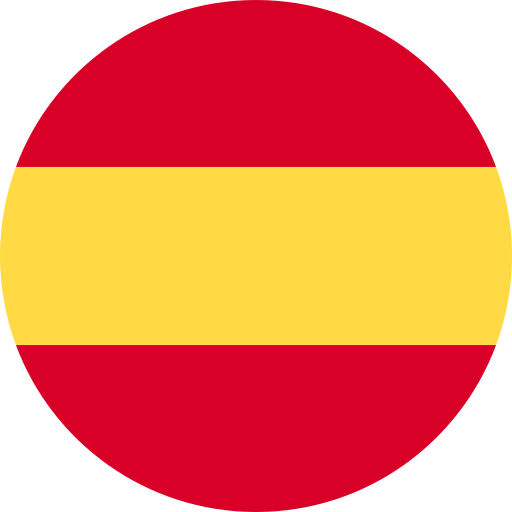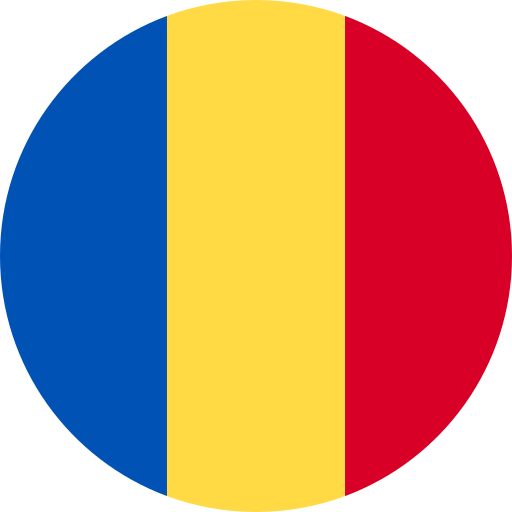The Measurers of Motion in Verbosa (v2)
Under a giant oak tree in the center of the village, the old men who led the community would meet each morning. They would stroke their long white beards while watching horses run across the fields.
"That one runs like an eagle swooping down from the sky!" said Elder Metaphor, pointing with excitement.
"No, more like the strong wind that blows through our valley in winter," argued Elder Simile, gripping his walking stick.
"I can see the power of rushing water in how it moves," added Elder Poetic, his eyes bright with wonder.
The people of Verbosa had come up with thousands of ways to describe movement. Their old books were filled with phrases like "quick as lightning" and "slow as honey dripping from a spoon." Children learned these sayings before they could even tie their shoes. The villagers were proud of their way with words, and the best speakers became honored Motion Philosophers.
These philosophers spent their lives creating ever more detailed ways to sort and describe different types of movement. Some divided motion into seven main types based on how they looked. Others created lists of sixty-four different kinds of movement. They would argue for hours about whether falling leaves moved more like dancing or floating.
Alpha
Each year, they held a great meeting where philosophers showed off their newest ideas about describing motion. They wrote thick books with titles like "All the Ways Things Can Run" and "Understanding Fast Things." The most respected philosophers could talk for an hour about a single moment of a bird's flight.
"What are those marks on your paper?" asked Elder Metaphor, looking closely at Newton's notes.
"These are equations that show exactly how things move," Newton explained simply. "Distance equals speed times time. Force equals mass times how fast something speeds up."
The elders looked at each other with worry in their eyes.
"Where is the beauty in your markings?" asked Elder Simile with a frown. "How can lines and numbers show the glory of a running horse?"
"Your equations don't match the sixty-four types of movement in our sacred books," said another philosopher, holding his precious book tightly.
Newton stayed calm. He put a small wooden ball at the top of a slanted board and let it go. "Watch," he said.
The ball rolled down, picking up speed, and stopped exactly where Newton had marked with chalk.
Beta
"I can tell you exactly where any moving object will be at any moment," Newton explained. "These equations show the hidden rules behind all movement."
"Anyone can see it stops because it gets tired," said Elder Poetic, waving his hand. "The ball runs out of energy, just like we do. We don't need numbers to explain what our eyes can see."
When Newton tried to explain his more complex ideas, one philosopher cut him off: "You're making this too complicated. I've been describing motion for forty years. Let me show you how we do it in Verbosa."
"They think pretty words are the same as true understanding," Newton thought to himself.
Gamma
That night, as the village slept, Newton worked by candlelight. His equations would someday change how people lived, while across the village, the philosophers were still arguing about whether rolling was more like dreaming or like a snake moving.
This is how big ideas often begin: first people laugh at them, then they fight against them, and finally they act like they knew them all along. The rules of our world have always been there, waiting for someone brave enough to look past the pretty words and find the truth.






